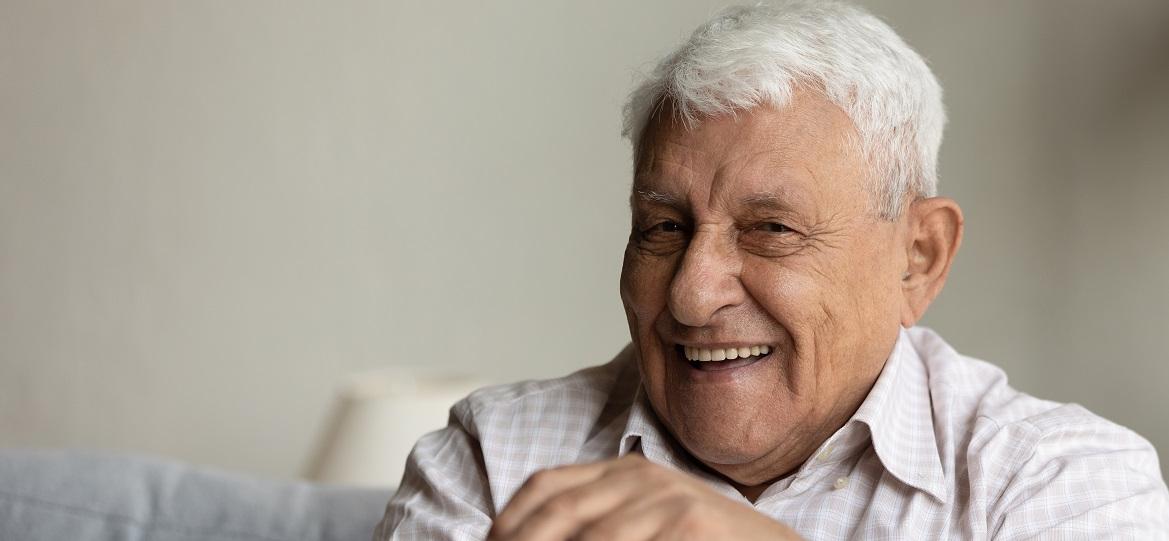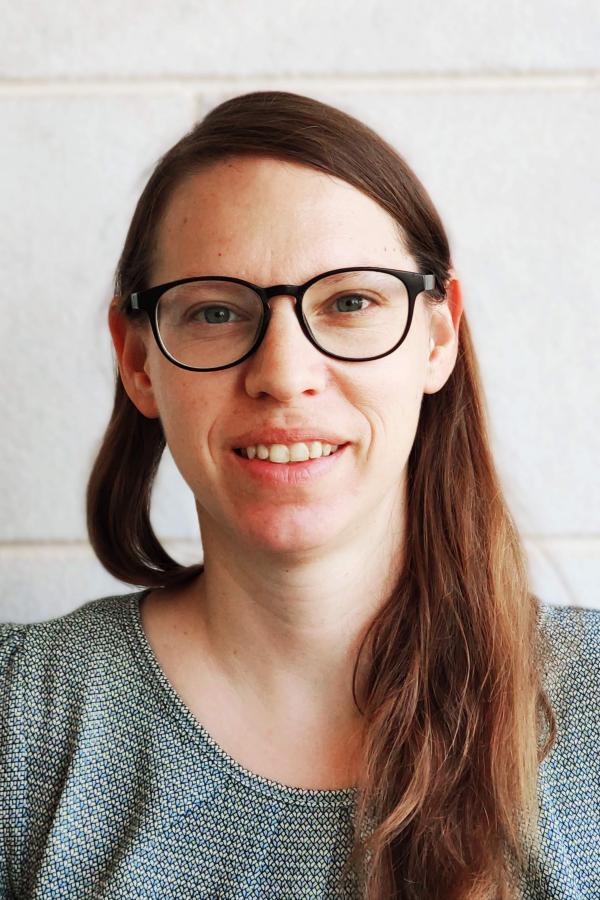Overview
Most elders living in Israel prefer to “age in place.” Aging in place is defined as the ability to live in one’s own home and community safely, independently, and comfortably, regardless of age, income, or ability level. In Israel, two percent of elders, about 50,000 people, were residing in long-term care facilities in 2018. The decision of some elders to move to a long-term facility is multi-factorial and a very complex one. It involves the overall capability of the ecosystem to support the elder, including caregiver abilities, patient status, health care system capacity, and condition of the elder’s home.
In 2021, the Israeli Ministry of Health embarked on an initiative named “The Return Home”. In this effort, 100 long-term facility dwellers from the northern periphery of Israel will be chosen to leave the facility and receive medical, nursing, and social care in their homes. Sabar Health, a leading home hospital facilitator in Israel was picked to lead and implement this effort. This project aims to evaluate a novel intervention for people with dementia intended to bring the center of care to their homes and treat them within their communities.
Project Details
We will evaluate this intervention and the ability of these elders living with multimorbidity, with and without dementia, to remain in their homes with the proper support. The quantitative data will be collected from the Electronic Medical Record of 100 participants at 0, 6, and 12 months.
Caregiver Data: 12-item Zarit Caregiver Interview, 9-item Patient Health Questionnaire (PHQ-9).
Patient Data: MMSE (Mini-mental status Examination) score, FAST dementia status, CAM (confusion), assessment method, falls (monthly), Time up and Go test, Katz index ADL assessment, emergency department visits, and hospital admissions for non-elective procedures. For the qualitative data, we will survey caregivers at 6 and 12 months after initiation of the intervention. We will also perform focus groups with the medical team that will take place 12 months after intervention. We will use descriptive statistics, a mixed effect general linear model, and qualitative methods to analyze the data.
Impact: As we understand the strengths and weaknesses of this intervention model, we will be able to build the next intervention and scale it up to be a part of common medical practice, which will be offered to people with dementia, and their families, as part of the Israeli public health system





